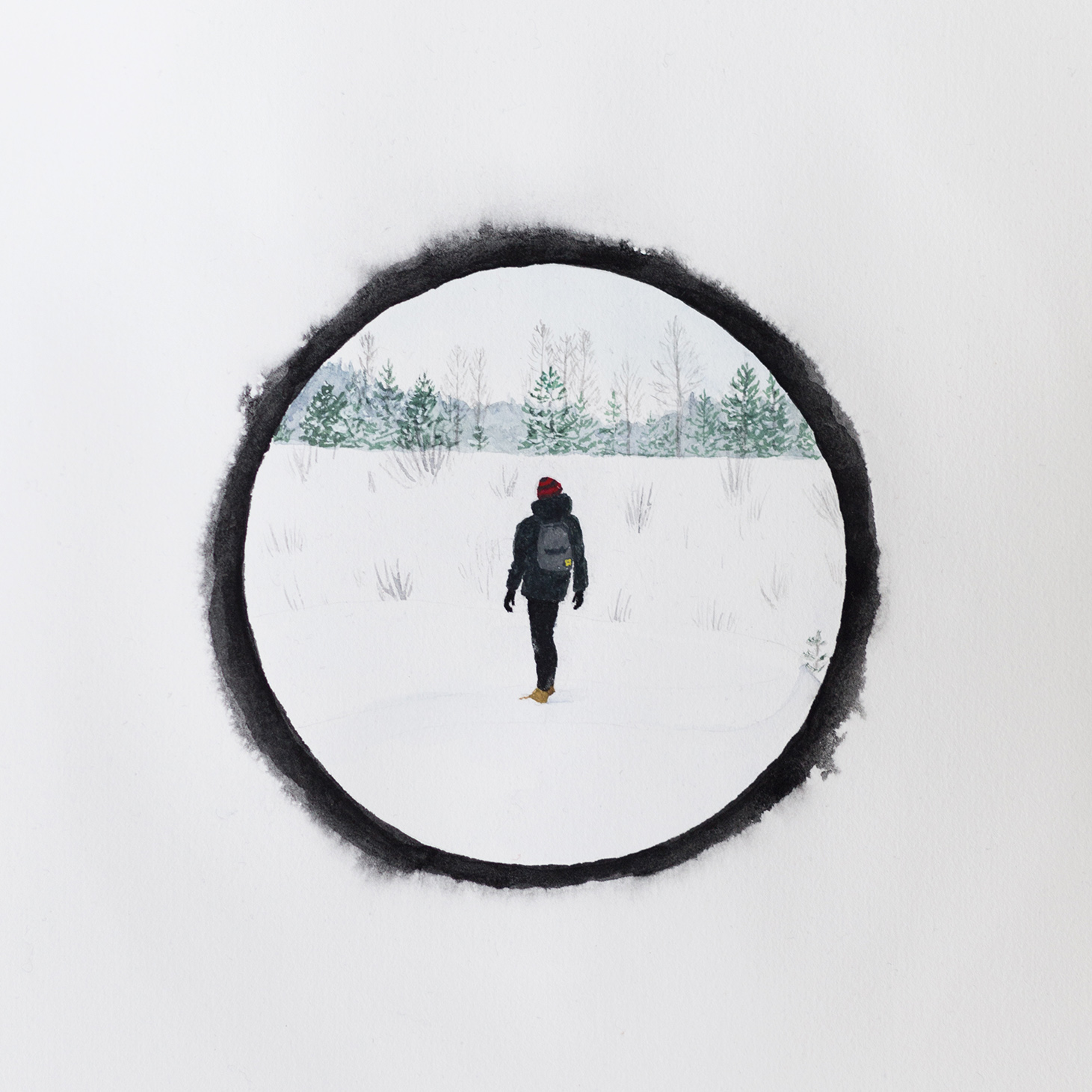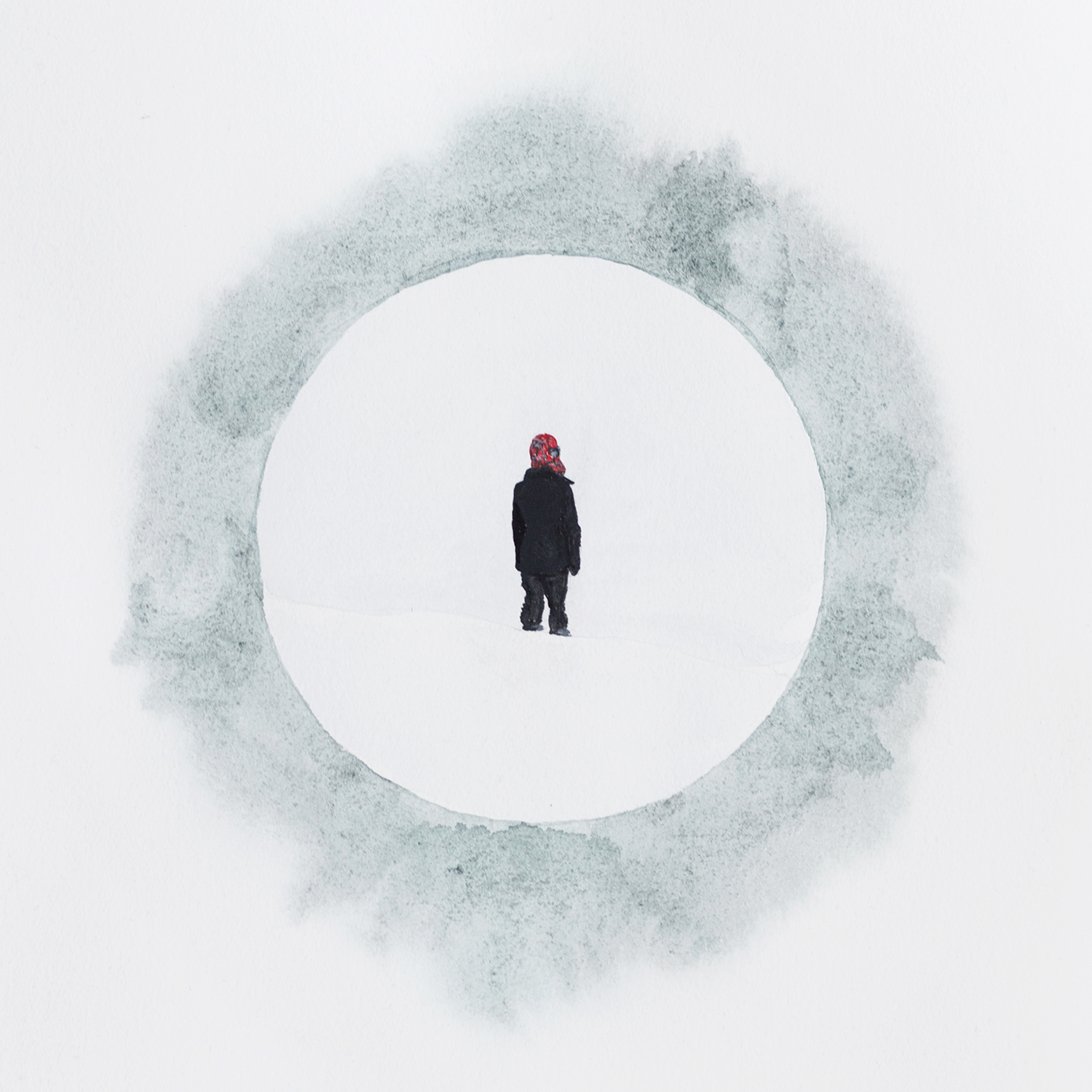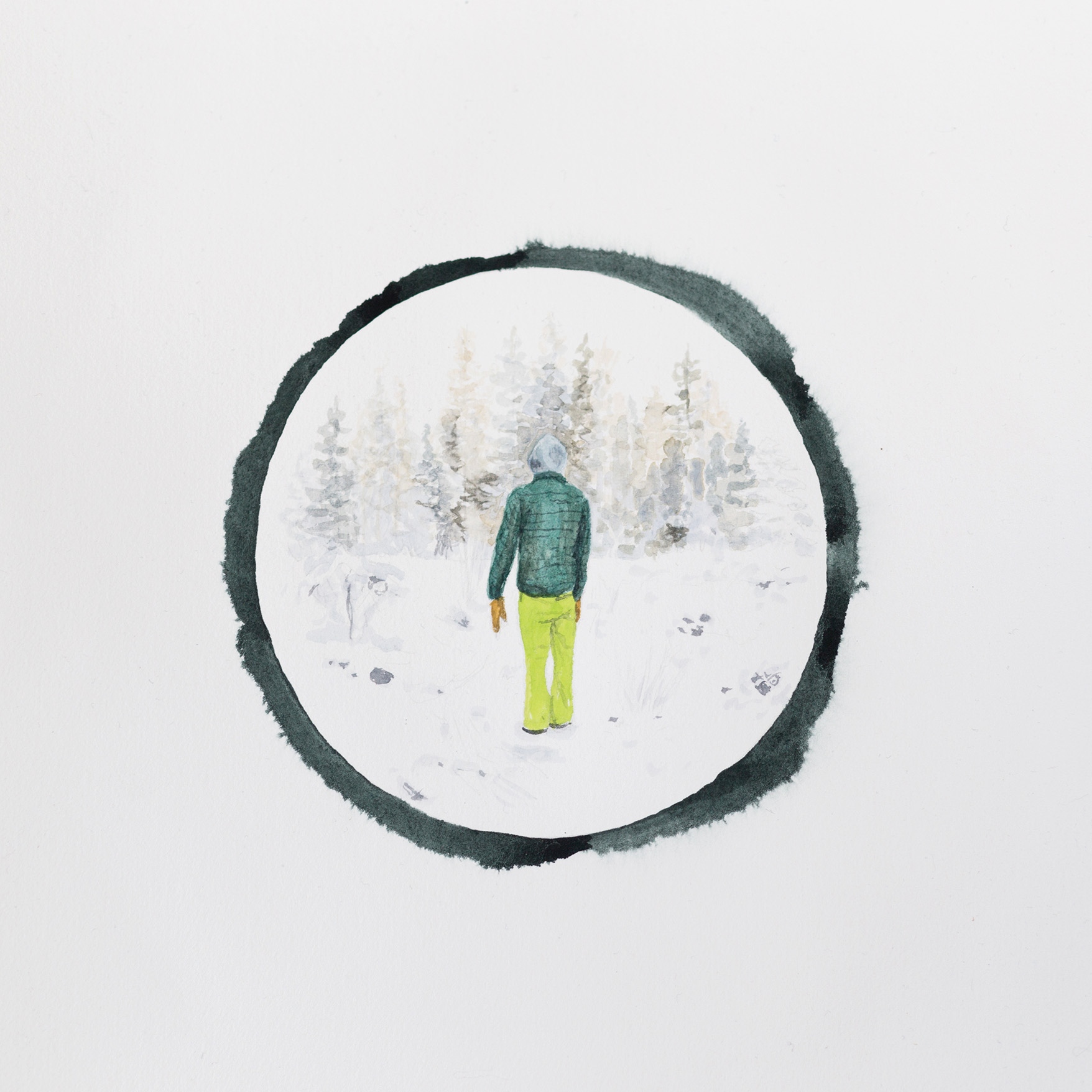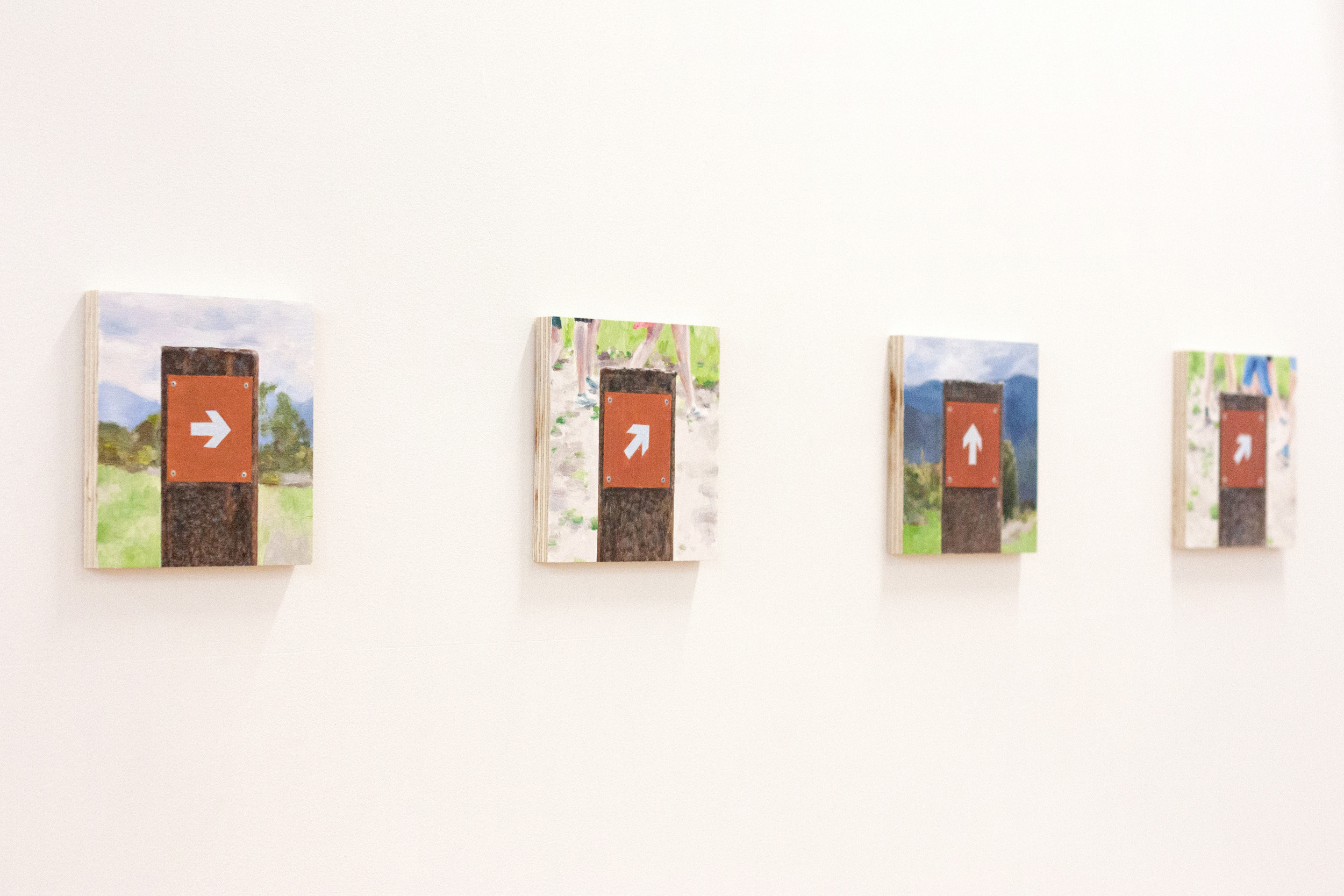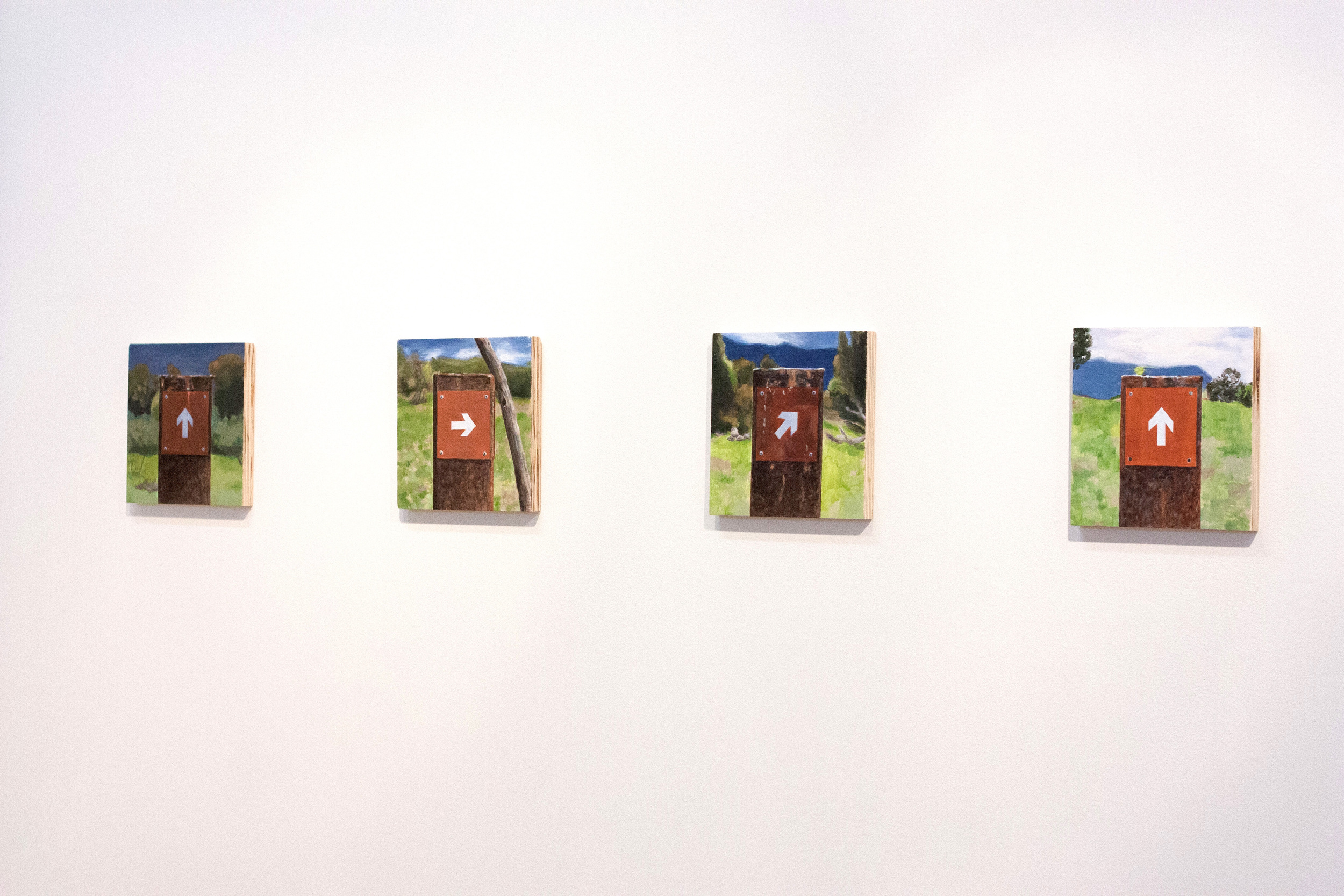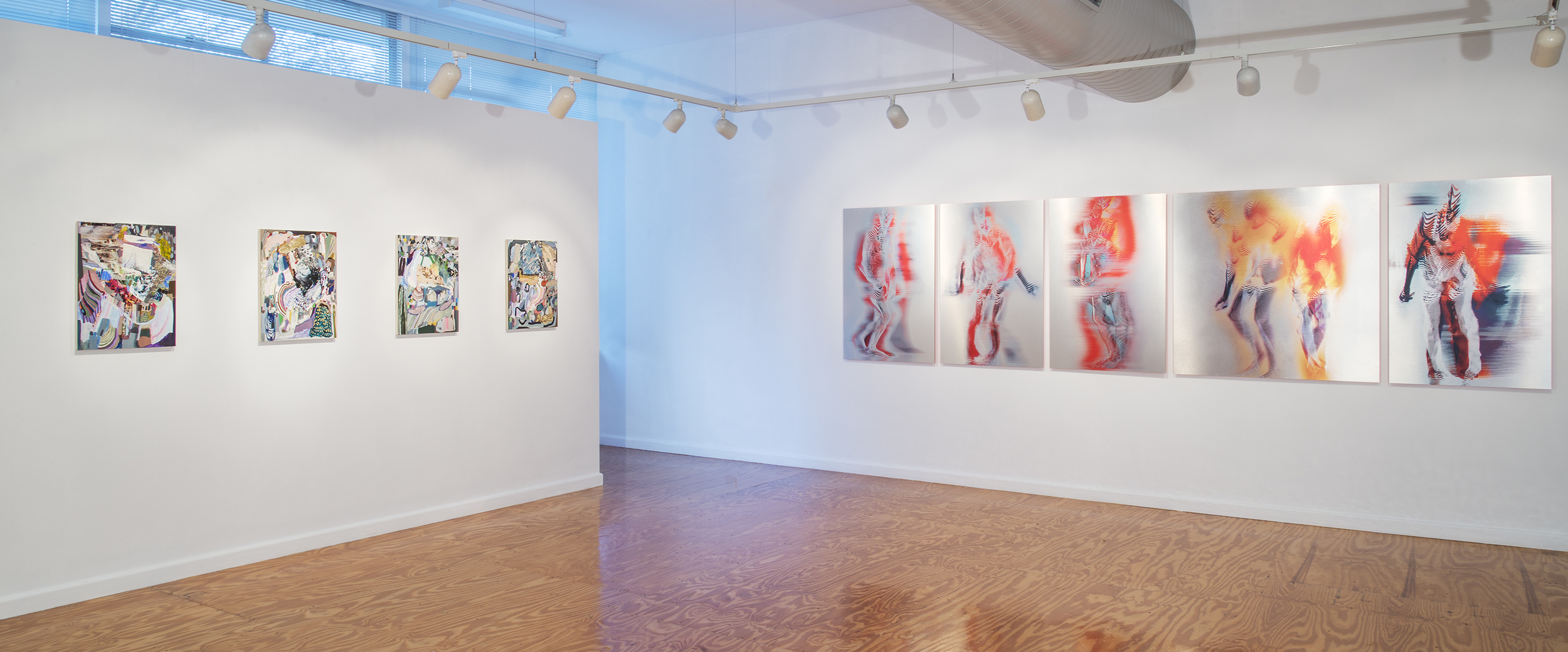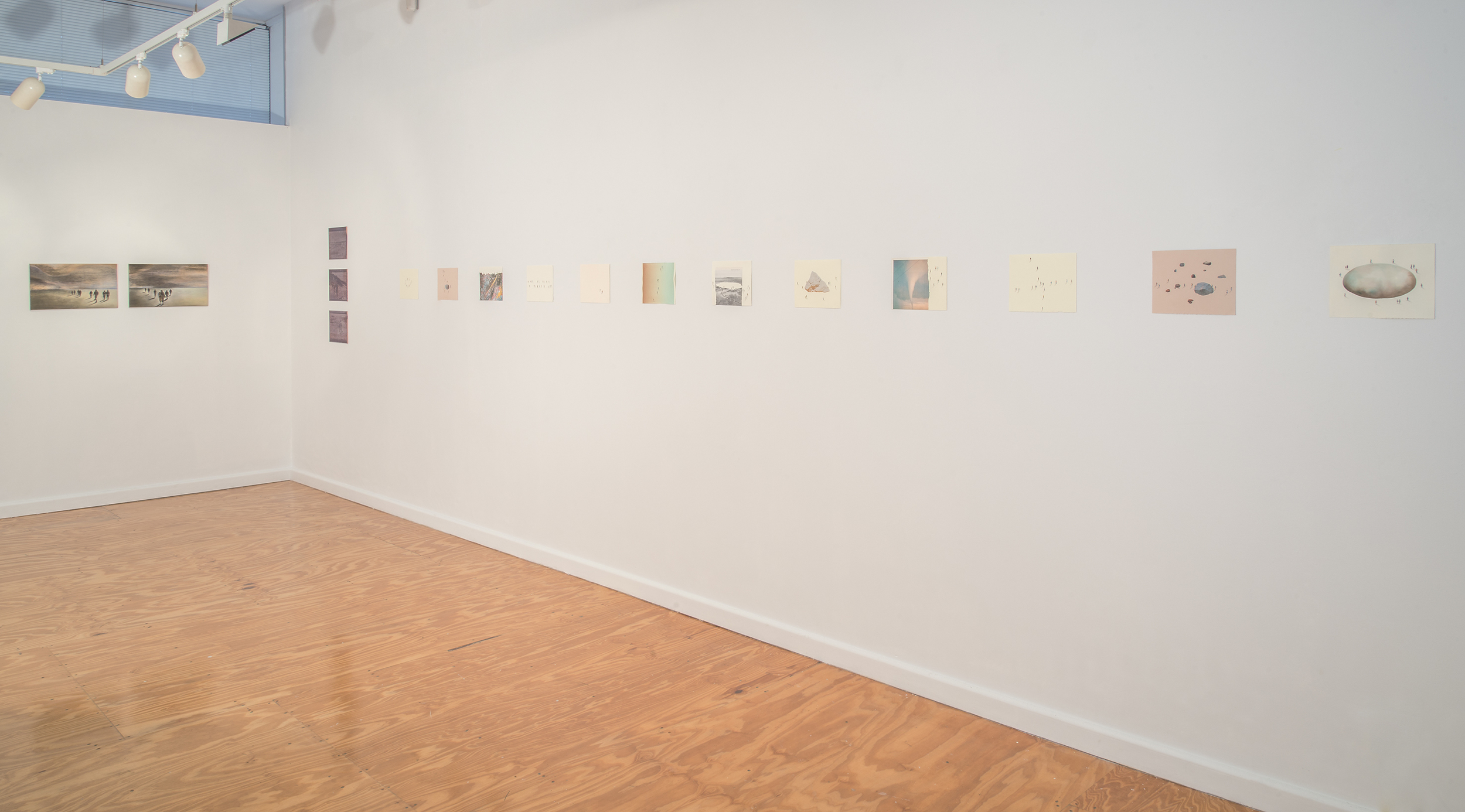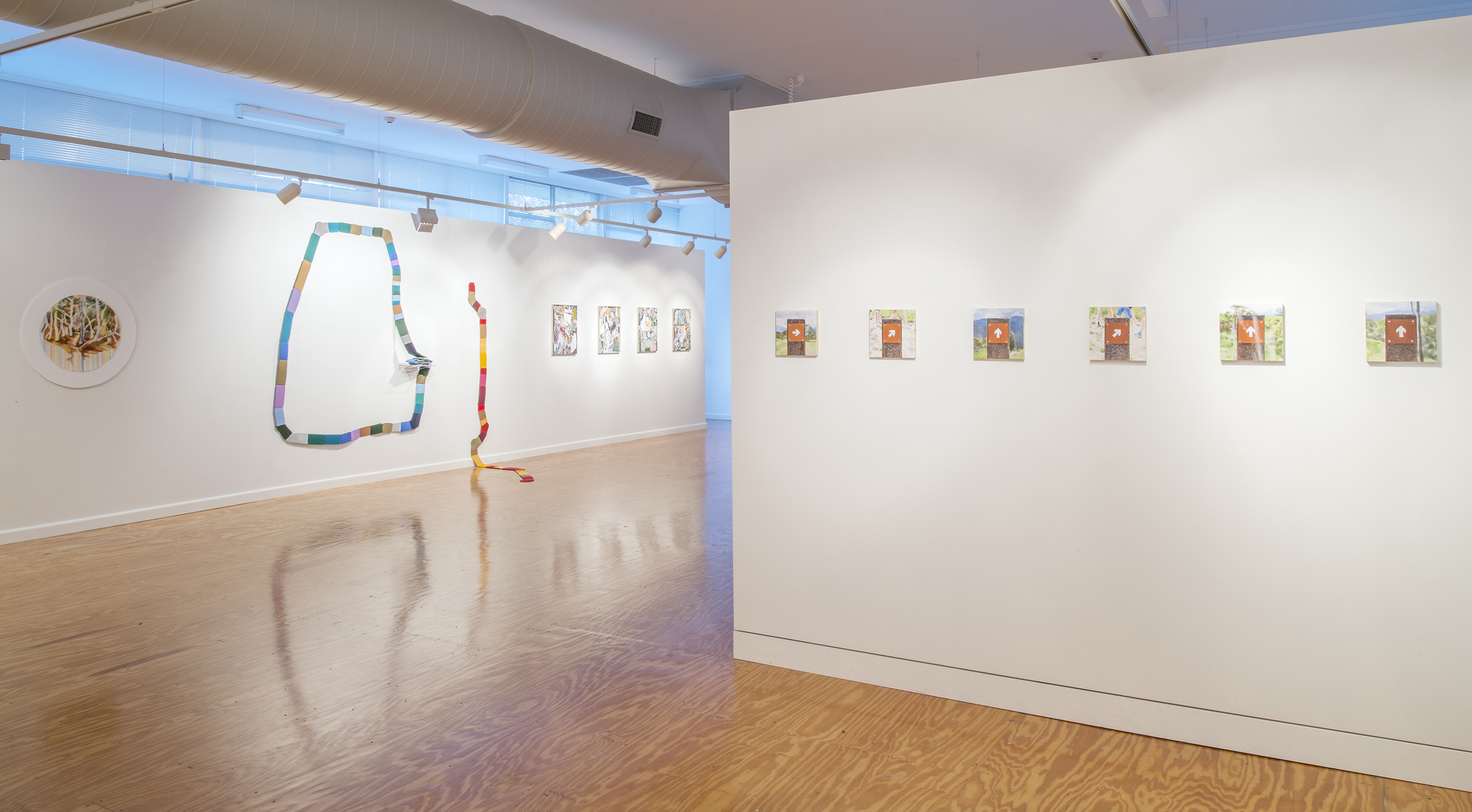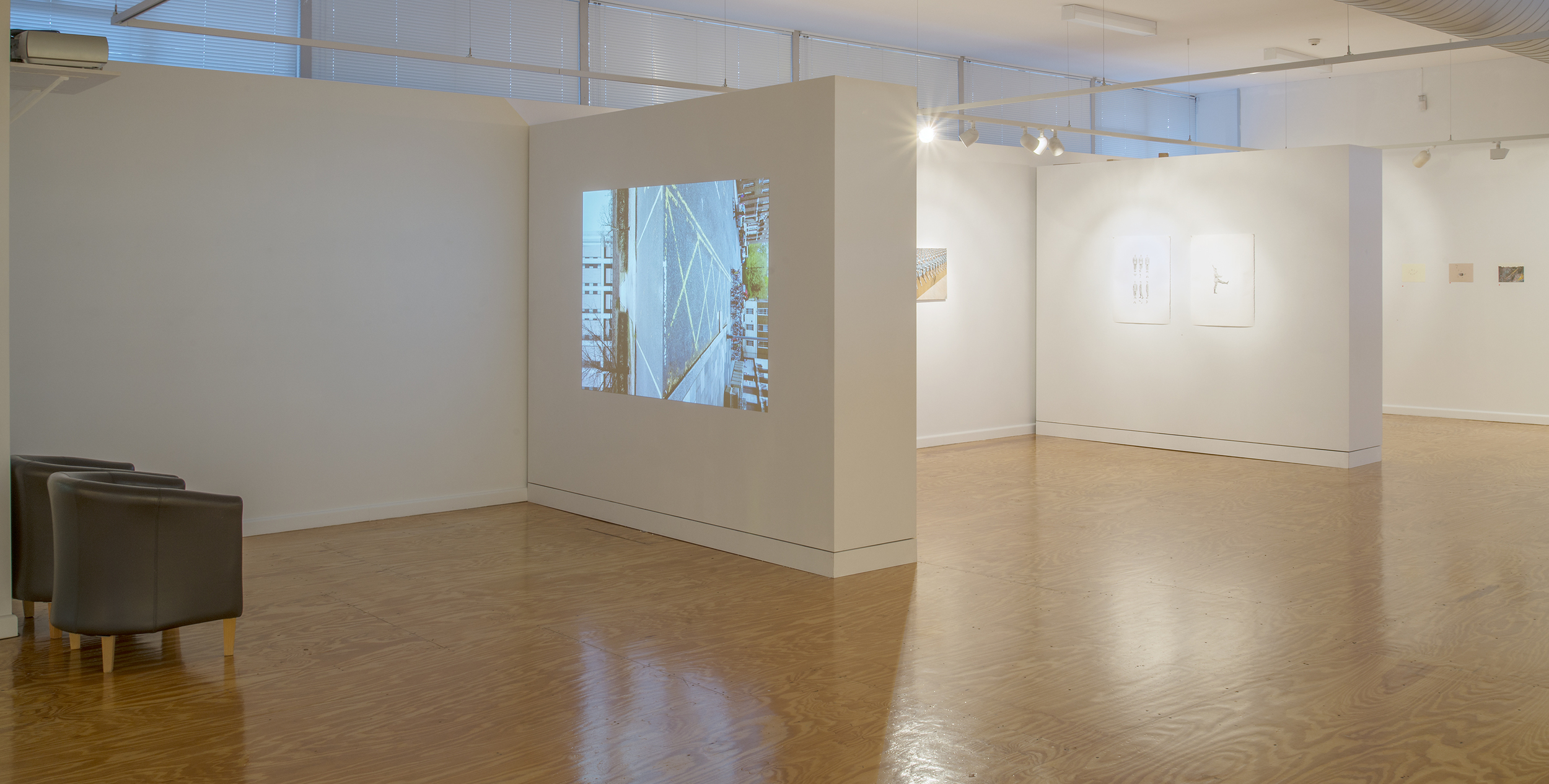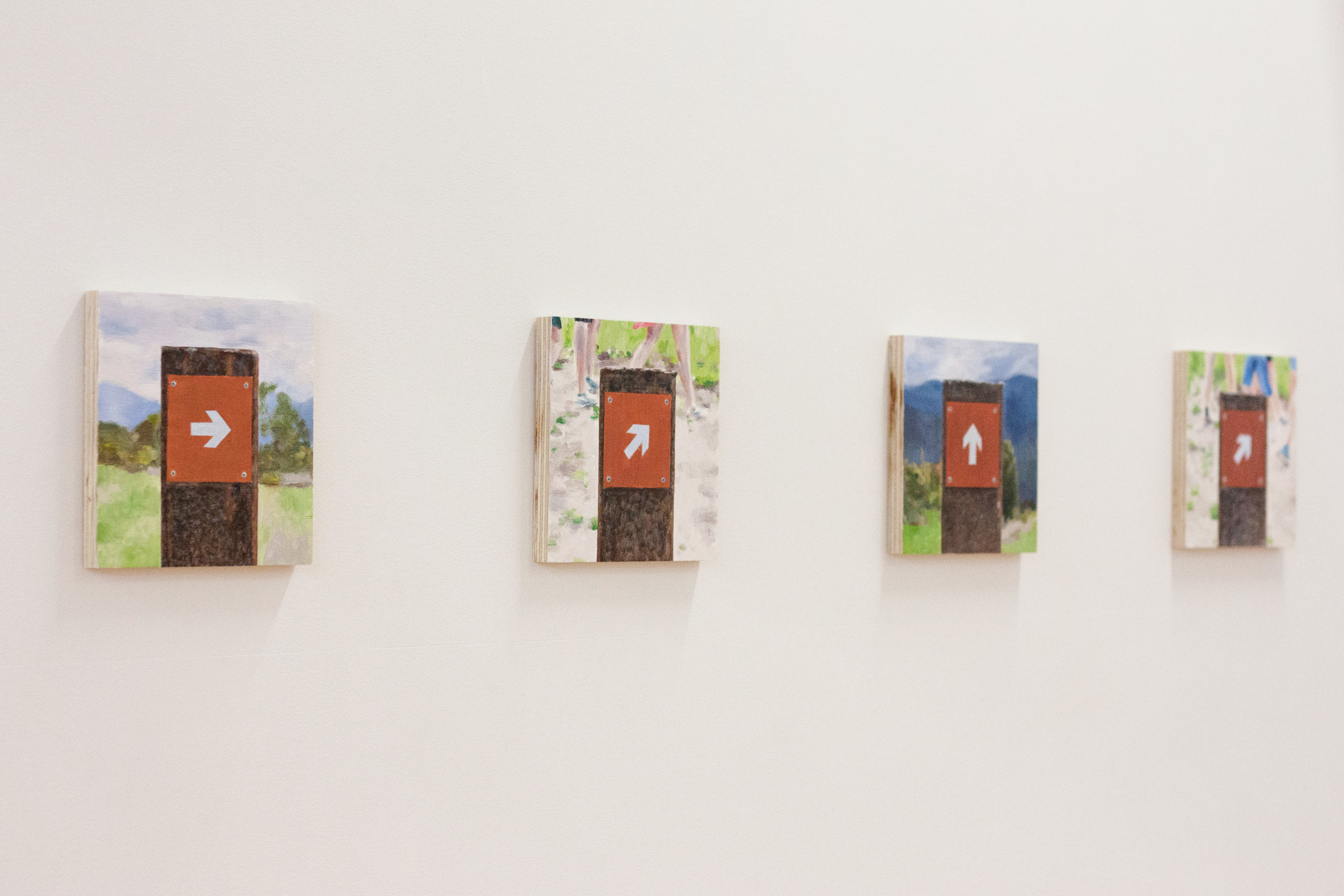I went to two sessions of 'The Walks' symposium at ANU School of Art last Wednesday/Thursday. The speakers I heard were Nici Cumpston, Kim Mahood and Patsy Hely. Raquel Ormella, who organised the symposium, opened the day on Thursday by talking about how many of her students (I was one, a few years ago) and colleagues are interested in walking; especially in the painting workshop at ANU, as walking is a way for painters to engage anew with the history of landscape painting. Which is probably one of the reasons why quite a few painting workshop alumni (including myself) are in Wanderlust exhibition, opening at M16 Artspace in a couple of weeks.
Mahood made a great distinction between walking and wandering which rang true for me. Excuse me while I paraphrase a bit and make sense of it for myself. Walking is about motion, about moving your body in a rhythm, perhaps getting from A to B or following a track; the movement of the legs and the body through space at a more or less constant speed. When walking, the movement of the body helps get the mind whirring as well. Wandering is a bit more aimless but at the same time more purposeful- and the purpose is observation. Wandering requires more attention to your surroundings. Both are really enjoyable and practical in their own way.
I find I generally do a bit of both. I normally walk on tracks, either in the suburbs or in national parks, and enjoy getting into a rhythm; but I'm easily distracted. If I see something interesting- plant, animal, colour, texture, vista, etc.- I pause, sometimes leave the track, and spend time observing. In strange cities and while travelling I think I wander more- with only a loose sense of where B is from A, and with more openness about what I will see/observe/find. Which is probably why I love travelling. There is a freedom in walking on set trails- you don't have to think too much about where you're going, and it's pretty hard to get lost- but you are also restricting yourself to a set route which reveals only one way, and one experience.
Another issue I’ve been considering since hearing these awesome women speak is about how we negotiate our place in the environment. Cumpston is Aboriginal, with Barkindji, Afghan, Irish and English ancestry; Mahood grew up in the desert; and Hely is from Sydney. Their different perspectives illuminated vastly different experiences of the environment and connections to it. The relatively recent (in geographic and generational/cultural time) colonisation of Australia is difficult to grapple with. Most of us are still trying to figure out what happened, what has been lost, and where we can all go from here.
Walking connects us all to the land that we inhabit and helps us make sense of how we got to be here. Our connections, or our lack thereof. Our cultural sensitivities and insensitivities. Personally I do feel a connection with the land, in many places across the country that are meaningful for me and my families, but I know that as a non-Indigenous person this connection is tenuous. It’s obviously not, as Nici Cumpston has experienced, the ancestral connection or intimate knowledge of the land that many Aboriginal people have. It’s not even the deep connection to a place where one was a child, and keeps returning to live, wander and make, like Kim Mahood.
I struggle between a sense of belonging and not belonging. On the one hand, the reason I’m here is because my ancestors were either forced to come here – convicts – or immigrated because they didn’t feel like they had much of a life in Ireland, Sweden or other places. My very very pale skin under the harsh Australian sun reminds me that my genes are from different climes, but genes aside I do not belong to those cold, faraway places. On the other hand, I do feel a strong connection with the land, like I want to belong, to care for it, and to learn about and respect the ways that its traditional custodians have and do know and connect to it. I feel this the most strongly in the rainforests of Queensland, and also amongst the mountains, plains and eucalypts around Canberra and Tumut (the lands of the Ngunnawal, Ngambri, Walgalu and Ngarigo peoples). Ironically, fairly different landscapes.
Walking and wandering allows me to express and experience belonging, but also presents me with many of the ways that I do not belong. I hope that when I deal with the landscape in my work, people can see the sensitivity with which I tread, observe and connect to it.




